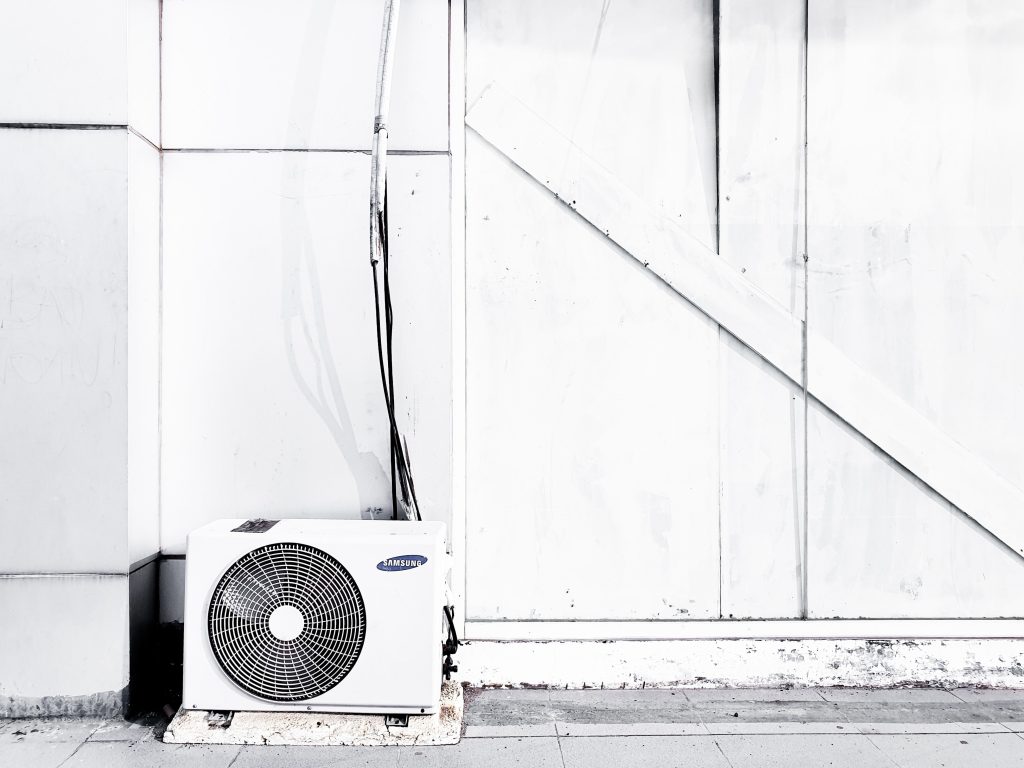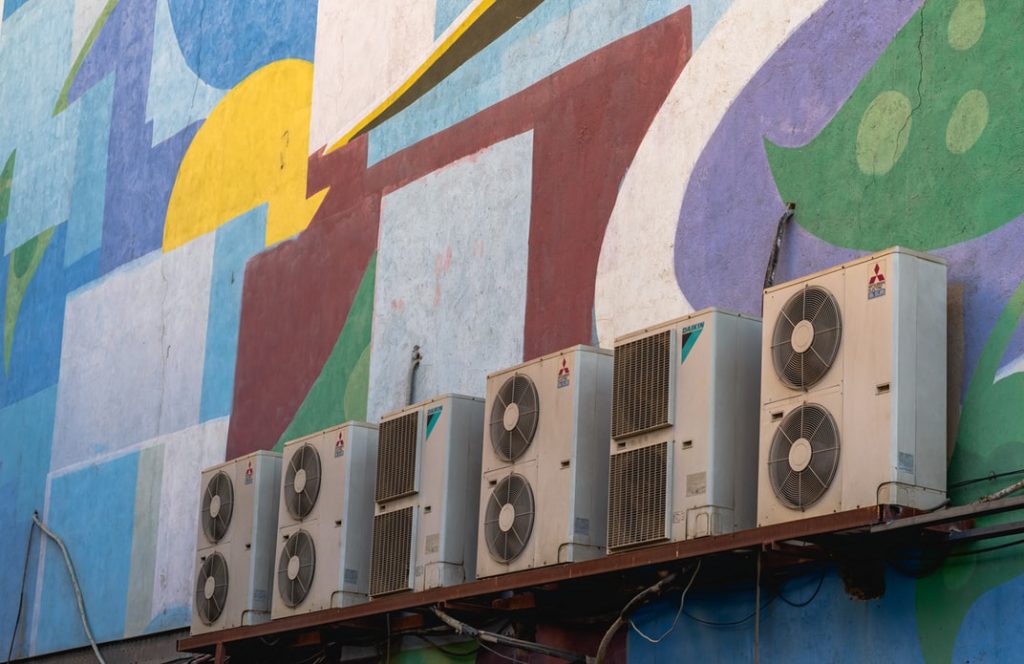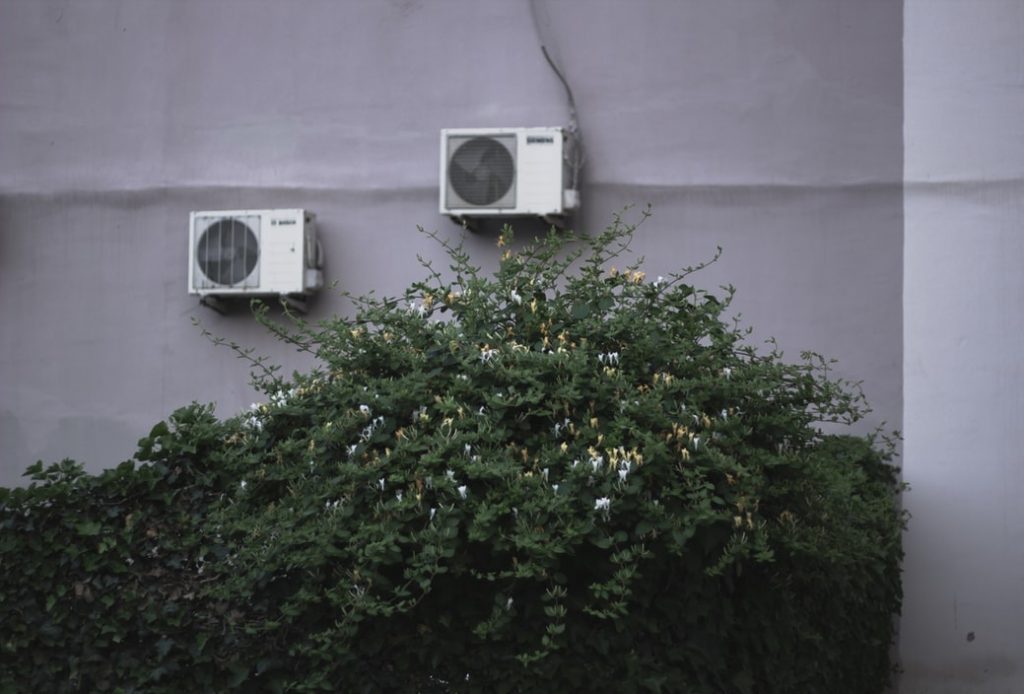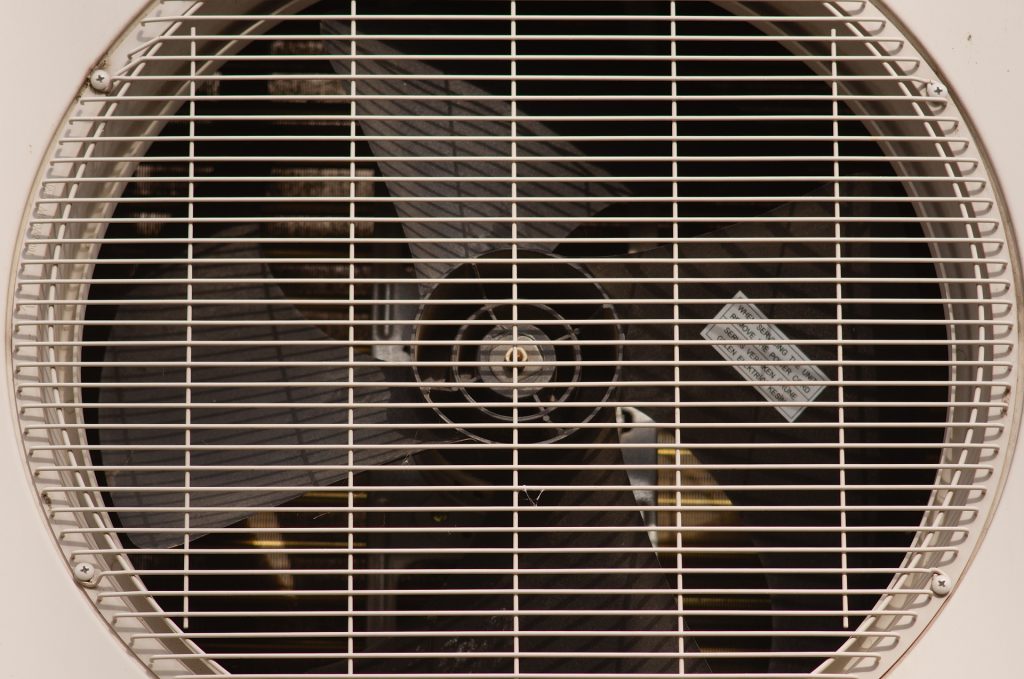There is no simple answer to “What is a good SEER rating?” That being said, doing your research on the highest SEER mini split system is also not as complicated as it might seem at first glance. When trying to determine the best mini split SEER rating for purchasing a system, you’ll first need to understand a bit about ductless mini splits and SEER.
What is a ductless mini split system?
Ductless mini split systems are one alternative to traditional HVAC systems. Due to their smaller footprint and ability to cool multiple zones in the home at different temperature settings, many homeowners find them preferable to alternatives. An added attraction is the superior energy efficiency they provide by allowing homeowners to keep certain rooms at lower temperatures when not in use while maintaining other zones at a more comfortable temperature.
Since there is no ductwork or large components to install, they are also a space saver in homes that may not have room for the additional equipment traditional units occupy. There are no filters that need to be replaced or unsightly vents in floors, walls, or ceilings.
Because they don’t require ductwork, they are an ideal solution for workshops or enclosed garages where ductwork is not an option, and an air conditioner might not be ideal due to a lack of windows or excessive noise.
Individual remotes can control each zone set up rather than a single dial on the main controller, giving you a much more versatile solution to your home cooling needs. If you think this might be a solution for your home, continue reading to learn more about SEER ratings for this type system.
What is a mini split SEER rating?
SEER is an acronym for Seasonal Energy Efficiency Ratio. This ratio is calculated by first finding the cooling output of your HVAC unit’s cooling output over the course of a typical summer season. In Arizona, this season runs for about four and a half months, from the end of May until about mid-September. This calculation is then divided by the watt-hours used.
So, SEER ratings are calculated by manufacturers throughout a simulated cooling season by running a mini-split at a constant indoor temperature setting while outdoor temperatures remain above 60 degrees Fahrenheit. This information is then used to calculate the highest SEER a mini split system can provide for the end-user.
Keep in mind that the SEER rating is calculated as the maximum your unit can provide. Individual conditions or unit settings in your home may affect this, lowering the energy efficiency of your system. This is why you’ll want to get the highest SEER mini split system you can buy when installing a new one.
You can learn more about how to calculate the SEER your current system is using on the AHWA site.
What is the SEER mini split rating and which one do I need?
As stated above, the highest SEER mini split you can buy is optimal. Of course, there may be factors that affect what you can purchase, such as cost or availability.
While SEER ratings for ductless mini split systems range from as low as 13 to as high as 22, regulations in your area may dictate how low of a rating your unit can have. Currently, a ductless mini split system in Arizona must have a SEER rating of 14, but in January 2023, the regulations will change to 15. This is something you’ll need to keep in mind if installing a new or replacement unit after December 31, 2022.
The actual SEER of your unit will depend on factors such as the size of your home and retention of cool air. For instance, a home that is mostly closed up all day will have higher energy efficiency than a home where doors are opened and closed more often, letting in heat that pulls cool air out and forces your system to work harder.
Likewise, having too few units or smaller units than are needed for your home could affect the SEER you actually achieve. Improper maintenance can also affect efficiency. For these reasons, you must sometimes look beyond your mini split system to adjust best practices in your home.
If you are currently using an older system, you could find it is rated significantly lower than the minimum standards. In a case like this, upgrading to even the lowest SEER rating allowed might lower your energy consumption enough to warrant the cost of replacement. Obviously, the highest SEER mini split system you can afford, the more money you will save in the long run.
Comfort is important
In addition to cost savings, a higher SEER rating will bring you more comfort in your home during those hot Arizona summers. If the cost of the unit is a concern, you can look into tax credits or manufacturer’s rebates that might help you get more bang for your buck.
The environment will thank you for getting the highest SEER mini split you can afford, as well. With less energy consumption, dependence on fossil fuels is reduced. This equates to fewer greenhouse gases being released into the air.
Still uncertain about the SEER rating best for your home?
We get it. There are a lot of factors involved in this decision. In the end, it’s going to come down to the specifics of your home and what you can comfortably afford. If your current HVAC unit is struggling, you might find that even the lowest SEER rating available will provide you with better efficiency than you had. There are some older HVAC systems with SEER ratings as low as 8 or 9, so moving up to a 14 or 15 SEER rating is a vast improvement.
However, if you are looking for more long-term efficiency and bigger energy savings, you can’t go wrong by getting the highest SEER rating on the market.
American Home Water and Air is here to help you with your decision. You can schedule an appointment with one of our highly trained HVAC experts to visit your home and evaluate your current system and future needs. Recommendations can be made that fit your lifestyle and budget.
[related_posts_by_tax posts_per_page="3" format="thumbnails" image_size="medium"]









